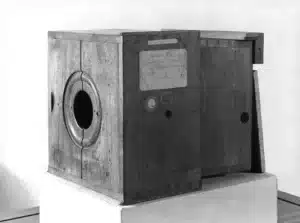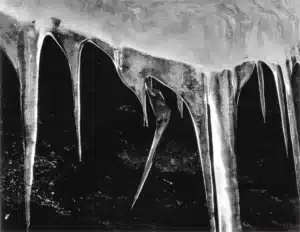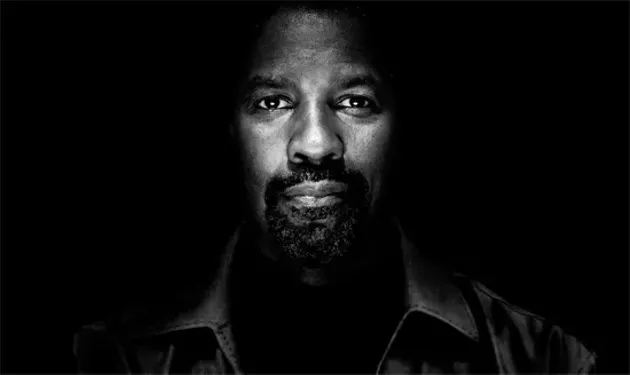Photography is the practice, science, and art for creating images that are durable by recording electromagnetic radiations, for example, light. These electromagnetic radiations are recorded either chemically by the use of very light-sensitive material like the famously known photographic film, or electronically using an image sensor.
How Black and White Photography Works
With Photographic Film
In photography, when using a film camera, the lens of the camera focuses the light being reflected the light-sensitive photographic film. Therefore, the light reflected from any object within the scope of the camera’s lens is recorded as a real image on the film inside the camera only during the time of exposure.
With an Electronic Images (Digital cameras, sensor)
For digital cameras, the reflected light from each object is focused into the image sensor, which generates an electric charge at each pixel and these electronic charges are then processed electronically and then stored as digital files in modern storage devices, for example, memory cards.
Black and White Photography (Monochrome)
The first camera photography was invented in the 1820s, before that time, people relied heavily on traditional media for capturing images, for example, paintings, sketches, and drawings. However, when it emerged, it seemed to vividly capture more information or detail about an object than the traditional media.
traditional media for capturing images, for example, paintings, sketches, and drawings. However, when it emerged, it seemed to vividly capture more information or detail about an object than the traditional media.
The first successful black and white images were taken by Joseph Nicephore Niepce a French developer. However, it got destroyed as the attempted to make copies of it. He was again successful in 1825, where he managed to produce a black and white image of a window.
His invention was later improved by other scholars and in the year 1891, Lipmann Gabriel developed a process of making naturally colored photographs. This was based on the phenomenon of optical light wave interface. This enabled him to win a Nobel prize in physics in the year 1908.
 Basically, all photography was black and white or monochrome. Even long after colored images had been introduced, black and white images continued to dominate for a long period of time. The main reasons behind this are:
Basically, all photography was black and white or monochrome. Even long after colored images had been introduced, black and white images continued to dominate for a long period of time. The main reasons behind this are:
-Its Classic Photographic look
-Its Low Costs
What really defines black and white or monochrome photography? The tone between the dark shadows and the light define black and white photography. It is important to note that there are some images that are not purely black and white or monochromic. However, they both employ the same principle. Such images include the blue tone images that used cyanotype process and the brown tone that used the albumen process. They were used more than 140 years ago.
It is true to state that many professional photographers continue to produce black and white or monochromic images. This is mainly because of the archival durability of nicely processed Silver halide based photographic materials.
Emerging Trends in the world of digital photography shows that black and white images are still in people’s preference. This is clearly seen by the manufacture of a new state of the art digital cameras with the capability of shooting black and white images.
Famous black and white photographers;
- Ansel Adams (1902-1984)
- Yousuf Karsh (1908-2002)
- Robert Capa (1913-1954)
- Brassai (1899-1968)
- Henri Cartier-Bresson (1908-2004)
- Mary Ellen Mark (1940-2015)
Conclusion
Black and white images are authentic, they help us trace human history step by step to his modern state. Its classical feel holds its true beauty.
Zone System
Ansel Adams a famous black and white photographer developed a theory called the Zone System to determine how much exposure compensation to add or subtract.
For example if one were to photograph a bride’s white dress, that would be a very bright texture and if one were to photograph a black cat that would be a very dark texture. To succeed in with ultra white or black we need to compensate the exposure to have desired results.
How to convert Color Digital Images into Black and White Ones
There are two main ways of creating digital black and white photo’s in camera and post processing;
- Camera filter, simply use the available tools in your camera to photograph in b&w. Its easy and does not require additional work. But it will limit the contrast and dynamic range.
- Post Processing, for best results use photoshop, gimp or any other professional software. Also available are plug ins that are fully dedicated to the conversion of b&w but too many options can be cumbersome and confusing. My preference is photoshop by switching from rgb and switching to lab and the desaturate colour and then back to rgb.






